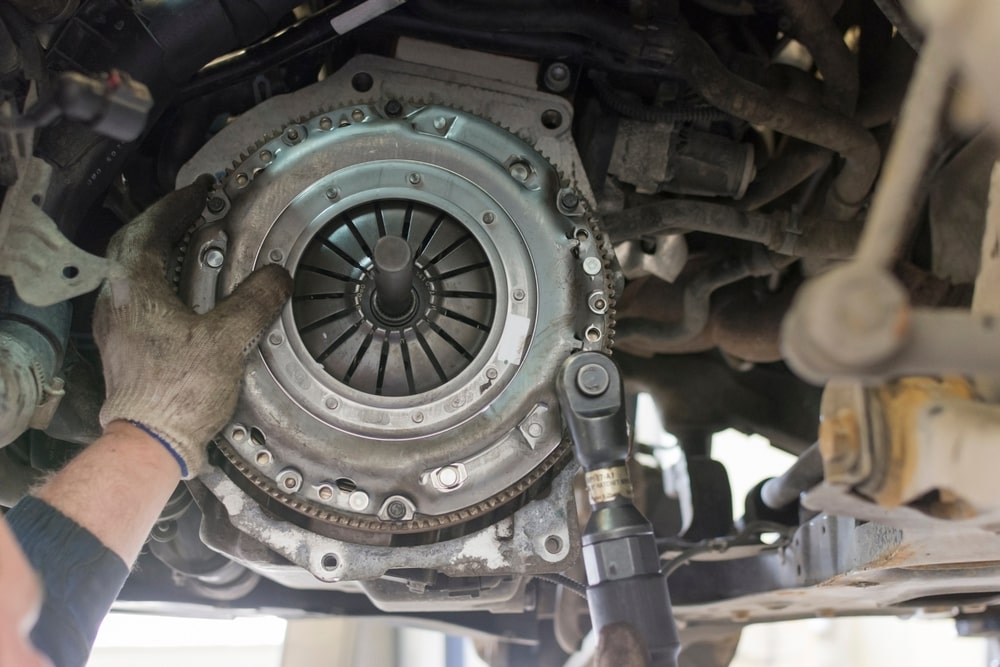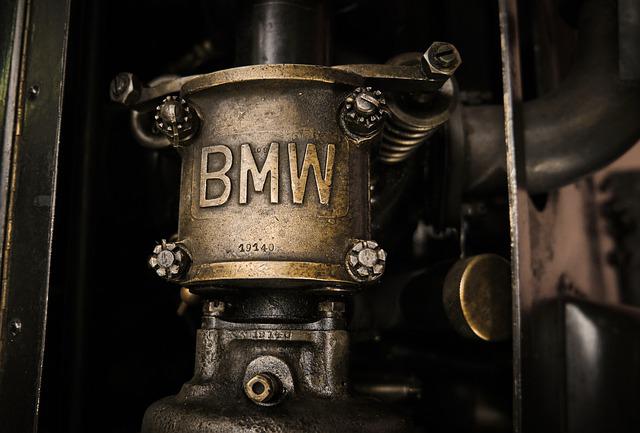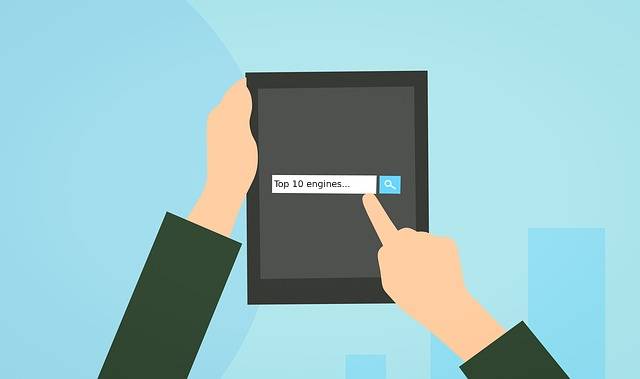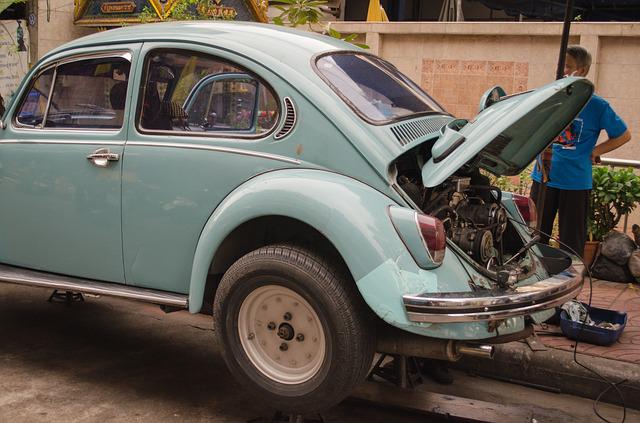Clutch Replacement: A Solution for Transmission Issues
Find Used Engines and Transmissions for a Great Price! Live Assistant For Used Engines Call 1800-518-9776

Clutch problems are quite common, and fortunately, replacing it is something you can do yourself. No need to rely on a mechanic and spend tons of money. With the right tools and a little bit of patience, you'll be back on the road in no time. Let's dive into this step-by-step guide that will help you replace your clutch. Let us first know the causes, as well as diagnosis of a faulty clutch.
Causes of Clutch Failure:
Worn Friction Material:
Over time, the clutch's friction material wears down due to constant engagement and disengagement. This wear can lead to slipping and difficulty in gear changes.
Fluid Leaks:
Clutch fluid leakage can result from a damaged master or slave cylinder. Insufficient fluid affects the clutch's hydraulic operation, leading to poor engagement and disengagement.
Pressure Plate Problems:
The pressure plate applies pressure to the clutch disc. Excessive wear, warping, or spring failure in the pressure plate can lead to difficulty in shifting gears and reduced power transfer.
Release Bearing Failure:
Over time, the clutch's friction material wears down due to constant engagement and disengagement. This wear can lead to slipping and difficulty in gear changes.
Flywheel Issues:
The flywheel is a disc-like component that the clutch connects to. It can wear down due to excessive heat, leading to clutch slipping and poor engagement.
Misuse and Abuse:
Riding the clutch, resting your foot on the pedal, or aggressive driving can lead to premature clutch wear and failure.
Poor Installation:
Incorrect installation of the clutch components can result in uneven wear, leading to early failure.
Towing Excess Weight:
Overloading your vehicle while towing can put excessive strain on the clutch, causing it to wear out faster.
Traffic and Frequent Stops:
Heavy traffic and constant stop-and-go driving can cause increased clutch wear due to frequent engagement and disengagement.
Improper Gear Shifting:
Incorrect gear shifting techniques, such as "riding" the clutch or shifting without fully disengaging, can lead to clutch slippage and damage.
Environmental Factors:
Extreme temperatures and driving in hilly areas can increase the strain on the clutch components, accelerating wear and failure.
Age and Mileage:
Clutches, like any mechanical component, have a limited lifespan. As a vehicle accumulates mileage, clutch components naturally wear out over time.
Low-Quality Components:
Using low-quality or aftermarket clutch components can result in premature failure of the clutch.
Lack of Maintenance:
Neglecting regular maintenance, such as checking clutch fluid levels and adjusting the clutch pedal, can contribute to clutch problems.
Diagnosing a Faulty Clutch:
Diagnosing a faulty clutch involves keen observation. Look for slipping when engine revs rise without speed increase, difficulty in gear shifts, unusual noises like grinding, and vibrations through the pedal. A burning smell may indicate the clutch slipping. Check for soft or firm pedal feel and fluid leaks. Note changes in engagement points and sudden performance shifts. Monitor clutch engagement, disengagement, and gear changes during a test drive. Consulting a mechanic is advised for accurate diagnosis and resolution of these symptoms, ensuring optimal clutch function and driving experience.
Step-By-Step Guide For The Clutch Replacement Process:
Step 1: Safety First- Elevate the car safely using jack stands, ensuring a stable working environment.
Step 2: Drain Fluid- EEmpty the transmission fluid, preparing for the clutch replacement.
Step 3: Disconnect Battery- Detach the battery to prevent electrical mishaps during the process.
Step 4: Remove Components- Take out the driveshaft, release bearing, pressure plate, and clutch disc.
Step 5: Inspect Flywheel- Examine the flywheel for wear, resurfacing or replacing if needed.
Step 6: New Components- Install the new clutch disc, pressure plate, and release bearing.
Step 7: Alignment- Ensure proper alignment of the clutch components for optimal engagement.
Step 8: Reattach Driveshaft- Reconnect the drive shaft securely, maintaining balance.
Step 9: Transmission Reinstallation- Carefully reinstall the transmission, aligning it accurately.
Step 10: Fluid Refill- Refill the transmission fluid to the appropriate level.
Step 11: Test Drive- Conduct a test drive to ensure smooth gear shifting and proper clutch operation.
Step 12: Fine-Tuning- Adjust the clutch pedal for comfortable engagement and disengagement.
Conclusion
In the world of automotive maintenance, clutch replacement emerges as a feasible solution for smoother gear shifts. This guide equips you to diagnose clutch issues, addressing causes from wear to misuse. A detailed step-by-step process empowers you to confidently replace your clutch, ensuring a rewarding, trouble-free driving experience lies ahead.
Welcome to Used Engines Inc, your ultimate source for premium used transmissions tailored to your vehicle's needs. Whether you require manual, automatic, semi-automatic, or continuously variable transmissions, our extensive selection covers them all. Explore our inventory to discover the perfect transmission solution for your vehicle today.
related
You May Also Like

Which BMW Has the Most Horsepower?
A car is useless if it doesn’t have good horsepower. Just imagine driving your car with sluggish acceleration and it drags on the road whenever you take it for a spin.
Read Article
10 Best Engines Made So Far By Top Engine Manufacturers
Over the years, the car industry has seen major changes. Car engines have become smarter and it looks like every new engine that rolls out is better than the other.
Read Article
How to Make Your Car Last Forever?
Isn’t it lovely when a new car works the way you want? The gears shift smoothly and the wheels roll without dragging against the road. But as your car gets older, you’ll notice that it doesn’t drive smoothly, has lower fuel mileage, and overheats easily.
Read Article